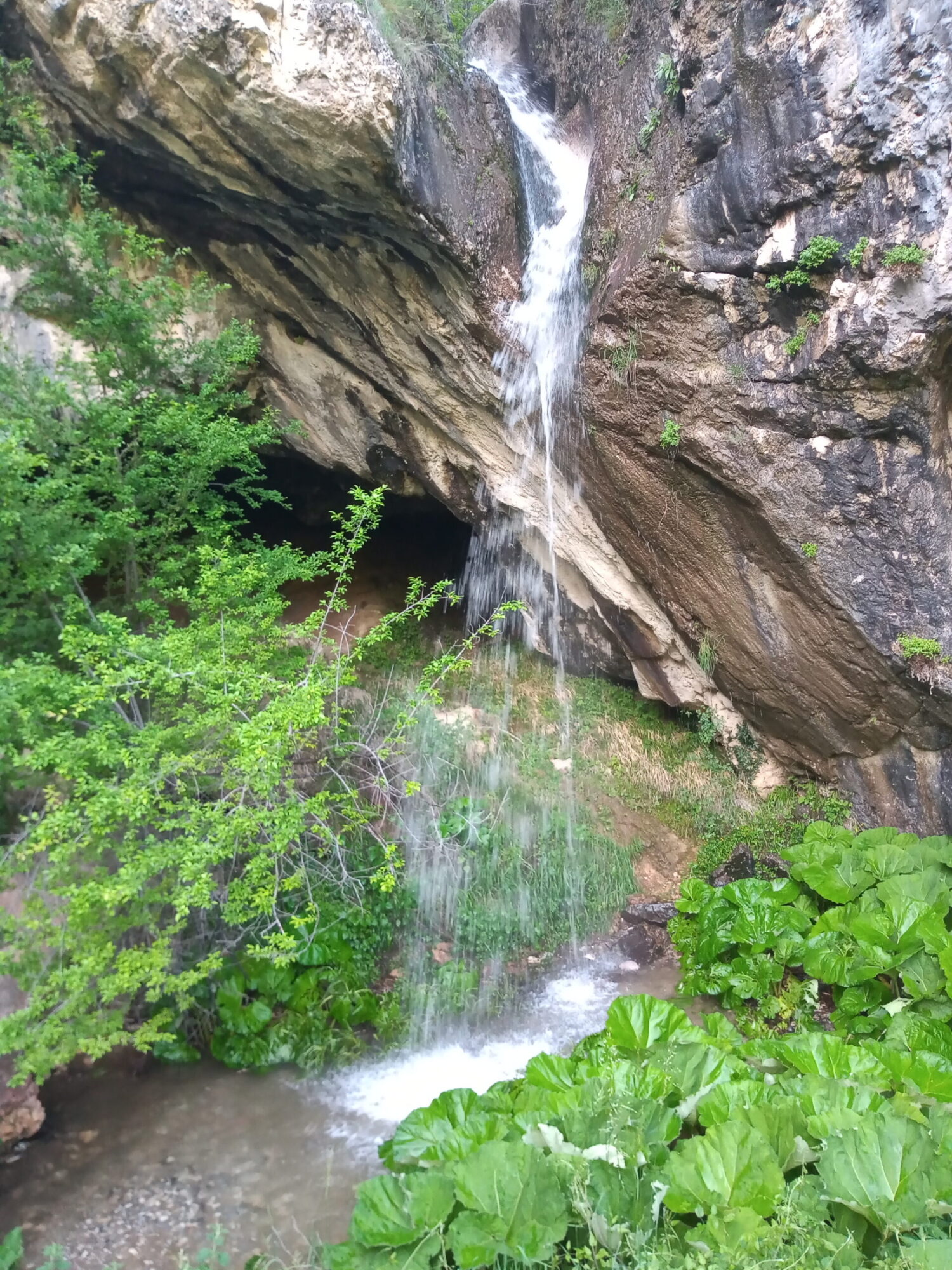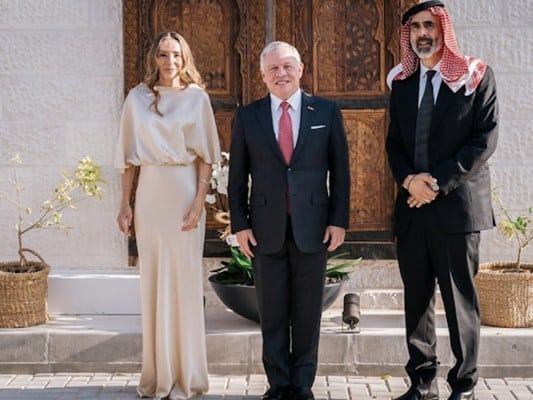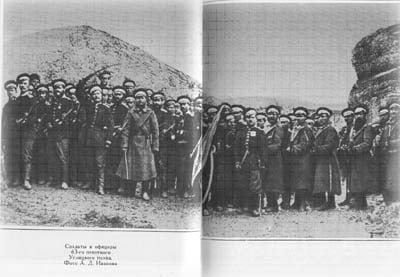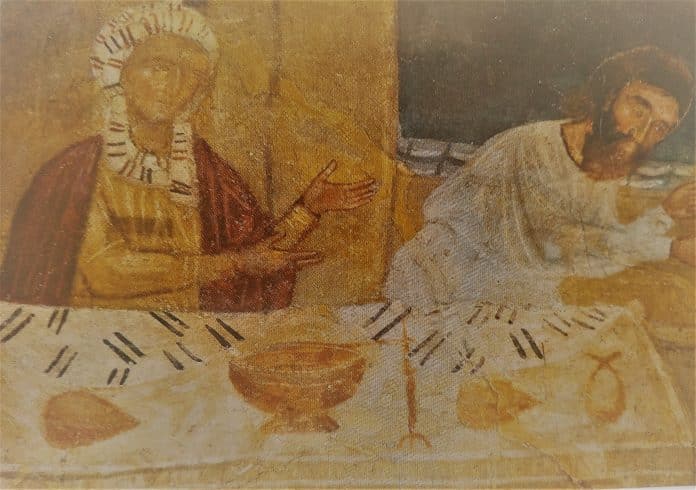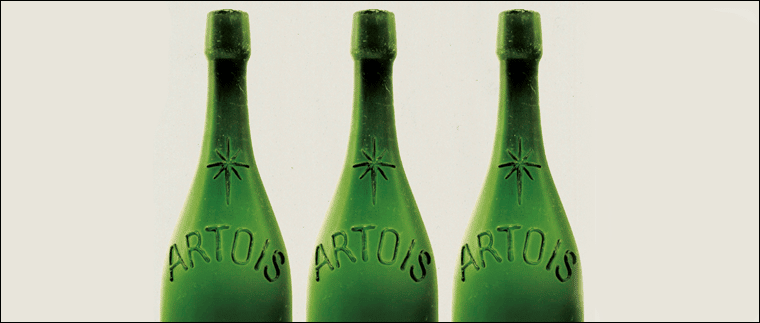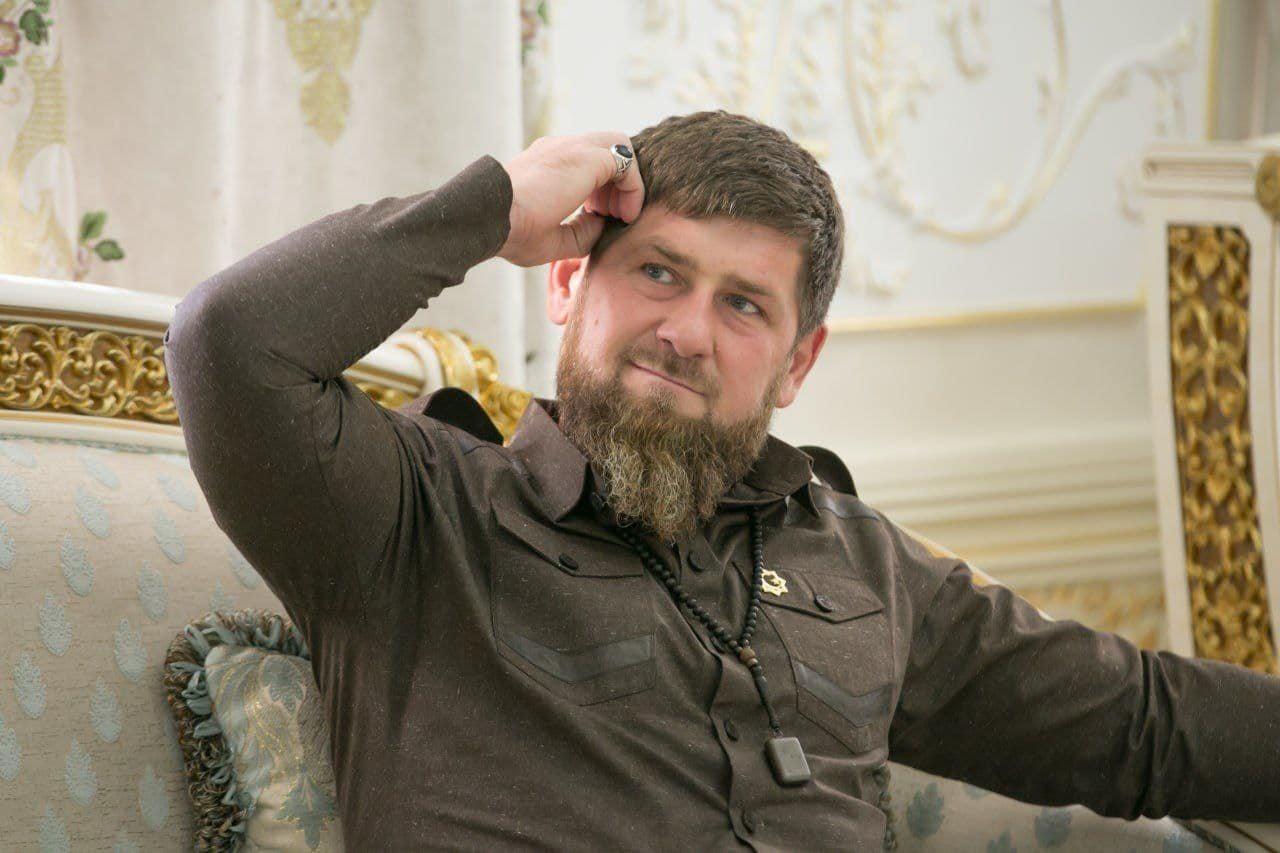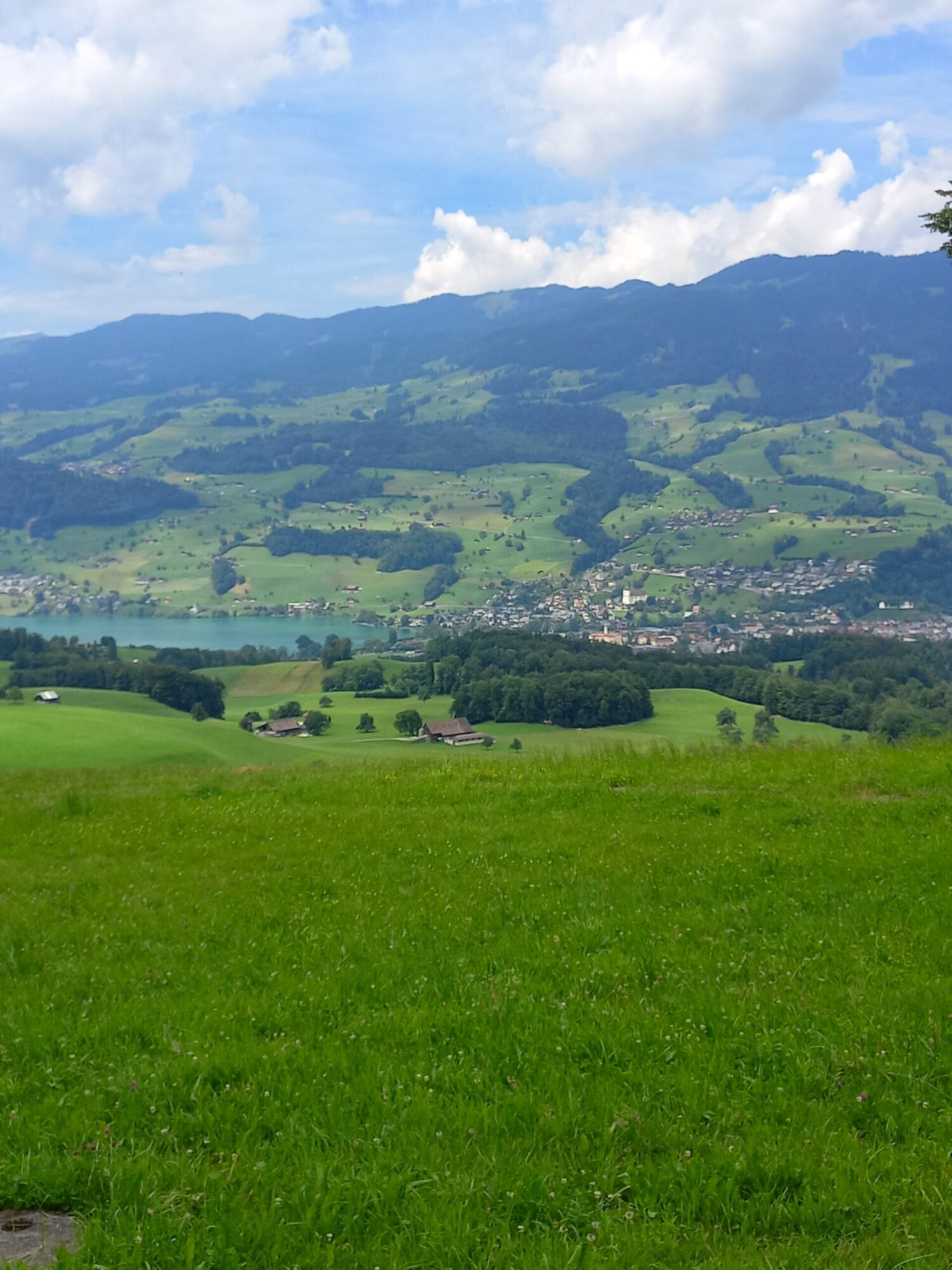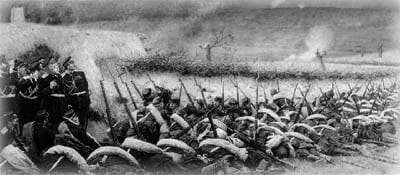Ablution is an integral part of Islamic rituals. Even prayer, which is one of the pillars of Islam, is considered invalid unless it is preceded by a ritual bath (K.5:6). That is, the quality of Muslim prayer depends on the purity of the body. There is a special stimulating hadith regarding ablution: “It is narrated from the words of ‘Uthman bin ‘Affan, may Allah be pleased with him, that the Messenger of Allah said:“ Sins will leave the body of the one who begins to perform ablution properly, even coming out from under his nails “(Muslim)”77. According to Sharia, ablution is performed in the following cases:
On the occasion of prayer
During the Hajj
If a person swears to perform ablution
In case of a vow, touch the Quran with the body
The Koran itself is also washed, its pages, where the name of Allah or Muhammad is written, in case it gets into an unclean place.
In general, any touch to the Quran (in Arabic) must be preceded by ablution: “Let only people who have been cleansed from defilement, who have performed ablution, touch the Holy Quran” (K.56: 79,80). However, if the Qur’an is translated from Arabic into any other language and printed in non-Arabic letters, then ablution is not required. Muslims consider the Quran to be holy only when printed in Arabic. “We sent down the Koran in Arabic – in their language (Arabs – polytheists – author) – without any curvature” (K.39:28). If we accept this doctrine, then God must understand only the Arabic language, since the Koran, according to Islamic teachings, has always been in the thoughts of God and is His word (of course, Arabic). This doctrine of the exclusiveness of the Arabic language once again reveals to us the elitist, sectarian nature of Islam, according to which the mechanism of salvation works only inside the organization and ceases to operate outside it.
There is an opinion that the above quote about touching the Qur’an only by the purified (K.56:79) is related to the “original Qur’an”, i.e. “al-lauh al-mahfuz – the heavenly tablet kept by Allah (K.56:77). By “purified” in this case, angels are meant. For people, this indication has a purely practical meaning and indicates the absence of a state of defilement and defiling factors. At the same time, failure to perform ablution in this case does not make a Muslim “infidel.”
Obligatory ablution according to Sharia is also required in the following cases:
After sexual intercourse
After childbirth
After touching a dead body
After the funeral washing of the deceased
Ablution when taking an oath or vow
Ablution can be performed with both water and sand. The ablution itself is of three types:
Full immersion in water. At the same time, a full bath should be distinguished from bathing in a river, pool or bath for washing and pleasure, which is not a bath.
Immersion of hands and face in water (irtimasi).
Wetting certain parts of the body with water (wudu).
Sharia insists on exact observance of the conditions of water ritual ablution. Water for ablution must be pure and not stolen. It is forbidden to use water poured into gold or silver dishes for ablution. Dishes made of gold or silver are forbidden not only to be used anywhere, but also to be made, bought, sold or exchanged. It is also forbidden to use vessels (dishes) from the bones of a dog, pig or carrion. The use of items made of precious metals is allowed only if they are severely deformed (beyond recognition), as well as if the composition of the metal is mixed (provided that non-precious metal will prevail in it in percentage terms). Water or food that was in gold or silver dishes is not considered unclean, but can only be used from non-precious dishes. It is also considered acceptable to use dishes if it is not known what material they are made of. The use of gold or silver paint is not prohibited. The reason for such “golden” prohibitions “follows from the general doctrines of Islam, condemning excessive passion for earthly goods and wealth. According to Muslim theologians, earthly wealth distracts and weakens the believer’s desire to fulfill religious duties and love for the afterlife. Before ablution, it is recommended to go out of need. If a person goes to the toilet after ablution, then he must perform ablution a second time and only after that proceed to prayer.
Regarding the washing of toes, a student of Imam Malik ibn Anas Ibn Wahb said the following: “Once I heard that someone asked Malik about washing his toes when performing Uudu (ablution or a ritual state of purity necessary for performing religious prescriptions – author) to which he replied “People shouldn’t do that.” I waited until most of the people had left the study circle and informed him that there is one hadeeth about this. He asked what kind of Hadith it was, and I said that Al – Layt ibn Sad, and Ibn Luhaya, and Amr ibn Al – Kharis told from the words of Al Mustaurid Shidad Al – Kurashi that he saw the Messenger of Allah (s) rubs the little finger between the toes. Malik said, “This is indeed a good Hadith which I have never heard before.” Later, when I heard people ask Malik about washing between the toes, he insisted that this place must be washed. (Ibn Abi Hatim, “Al Jarh wat – Tadil” (Hyderabad, India: Majlis Dairah al Maarif al Uthmaniyya, 1952), preface, pp. 31-33″ 80.
Washing feet without removing sandals or stockings is considered invalid. However, in case of severe frost or the danger that the shoes may be stolen or an insect will sting the bare foot, ablution without removing the shoes is allowed. If during a prayer a person has doubts about whether he performed ablution correctly, his prayer is considered invalid and must be interrupted.
Regarding the understanding of the verse about washing hands: “.. wash your faces and hands up to the elbows …” (K.5: 6) there are two points of view. The first was followed by the students of Abu Hanifa Zufar, Ibn Daoud Az-Zahiri and some of Malik’s students. They accepted the words “up to the elbows”, in the sense – not higher than the elbows. (Muhammad ibn Ali Ash – Shaukani, “Nail Al Autar”) All four imams belonged to the second. They believed that this verse means: “up to the elbows, including the elbows.” (“Al Insaf fi Bayan Asbab al Ikhtilaf”) They based their opinion on reliable hadiths that talk about how Muhammad performed ablution. “Nuaym Ibn Abdillah Al Mujmir narrated the following: “I saw Abu Hurairah perform ablution. He washed his face completely, then washed his right hand, including its upper part … then he said: “I saw that the Messenger of Allah (s) does Oudu in this way” (Collected by Muslim “Sahih Muslim”, English, translation, v.1.S.156, No. 477)81.
The washing of different parts of the body is accompanied by the reading of special prayers, which in itself complicates this process and requires the knowledge of these prayers by heart. Before starting the ablution, a person, looking into the water, should say: “In the name of God, I swear to God, glory to God, who made the water clean and did not make it dirty.” Before washing hands, one must say: “O God, accept me among the penitent and among the cleansed.” When rinsing the mouth: “O God, be my witness on the day I meet You. Teach my tongue to remember You.” When washing the nostrils: “O God, do not forbid me the heavenly winds, accept me among those who smell the heavenly wind, its spirit and beauty.” When washing the face, it is said: “O God, make my face white.” When washing the right hand: “O God, show me my Book on the right and eternity in paradise on the left.” When washing the left hand, one should say: “My God, do not give me my Book from the side of the North and behind my back and do not make it tied around my neck. I seek refuge in You from the fire (hell).” While washing the head, it is said: “O God, do not deny me Your mercy, blessing, accept my repentance.” When washing the feet, it is said: “O God, strengthen my feet, when the path becomes slippery, make my aspiration pleasing to You. O possessor of wealth and generosity!”
It is necessary to start ablution on time in order to be in time for the beginning of the prayer. According to the Shariah, ablution is considered invalid if the already washed face and hands have time to dry before washing the feet. Parts of the body should be washed in order so that during the process of ablution all of them are wet.
For people with bodily injuries (wounds, ulcers), Sharia provides special rules for ablution. Such ablution is called “jabriye” (forced). For example, if a person has an ulcer on his hand, which results in the danger of water contamination, he should remove the bandage and wash around the wound. If this cannot be done yet, the Shariah requires that the bandage be replaced, after which it is necessary to stroke its surface with a wet hand or to perform ablution with dry and clean sand.
The practice of washing with sand (tayyom) (K.4:43; 5:6) is a feature of the inhabitants of the desert, where one cannot always find water. In addition to sand, this type of washing also includes washing with earth and clay. Washing with hot sand also has a disinfecting effect, helps to destroy germs and remove dirty stains from clothes. Very convenient and practical – three in one! In addition to sand, Sharia allows bathing with alabaster and lime (not red-hot).
Notes:
77.Partial ablution (wudu). https://www.islamnn.ru/
78.G.M.Kerimov. Sharia. Muslim life law. Chapter 4. Prohibitions of Sharia. https://rogtal – sgedo.ru
79.Practical Encyclopedia. Fundamentals of the right spiritual life. According to the works of St. Ignatius (Bryanchaninov). SPb. SATIS POWER .2005 Ss.64,65,69.
80.Quoted from: Abu Amin Bilal Phillips. Evolution of Fiqh. Imams and Taqlid. https://ksunne.ru/istoriya/evoluciya.index.htm
81.Quoted from: Abu Amin Bilal Phillips. Evolution of Fiqh. The main reasons for the inconsistency of fatwas. https://ksunne.ru/istoriya/evoluciya.index.htm
Source: Chapter 8. Rites in Islam – Unexpected Sharia [Text] / Mikhail Rozhdestvensky. – [Moscow: b. i.], 2011. – 494, [2] p. (in Russian)



